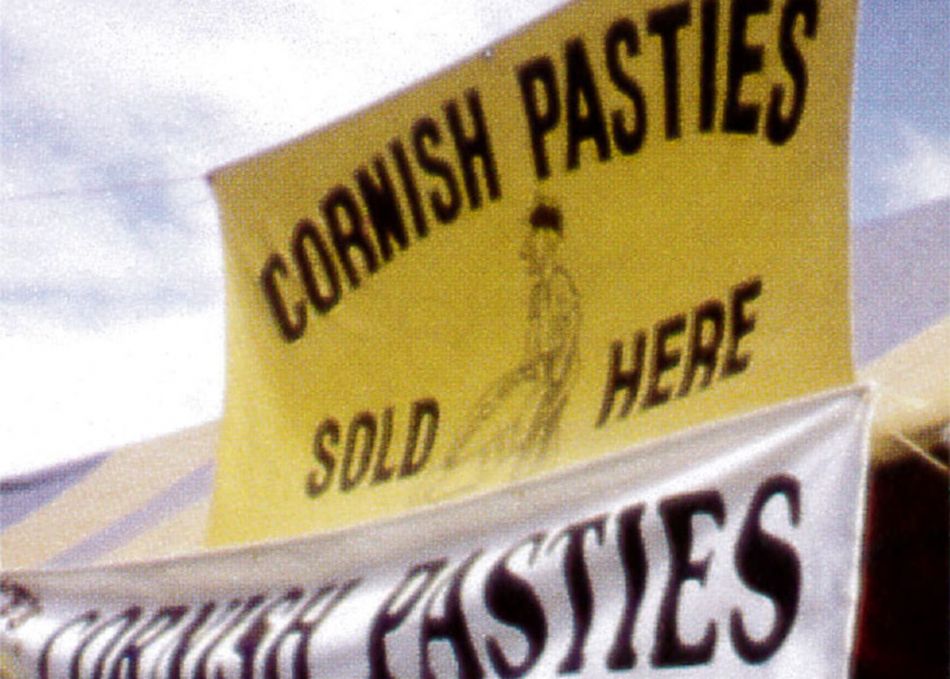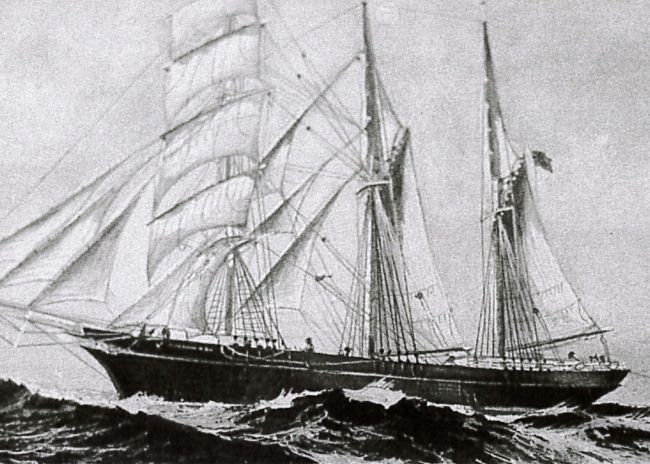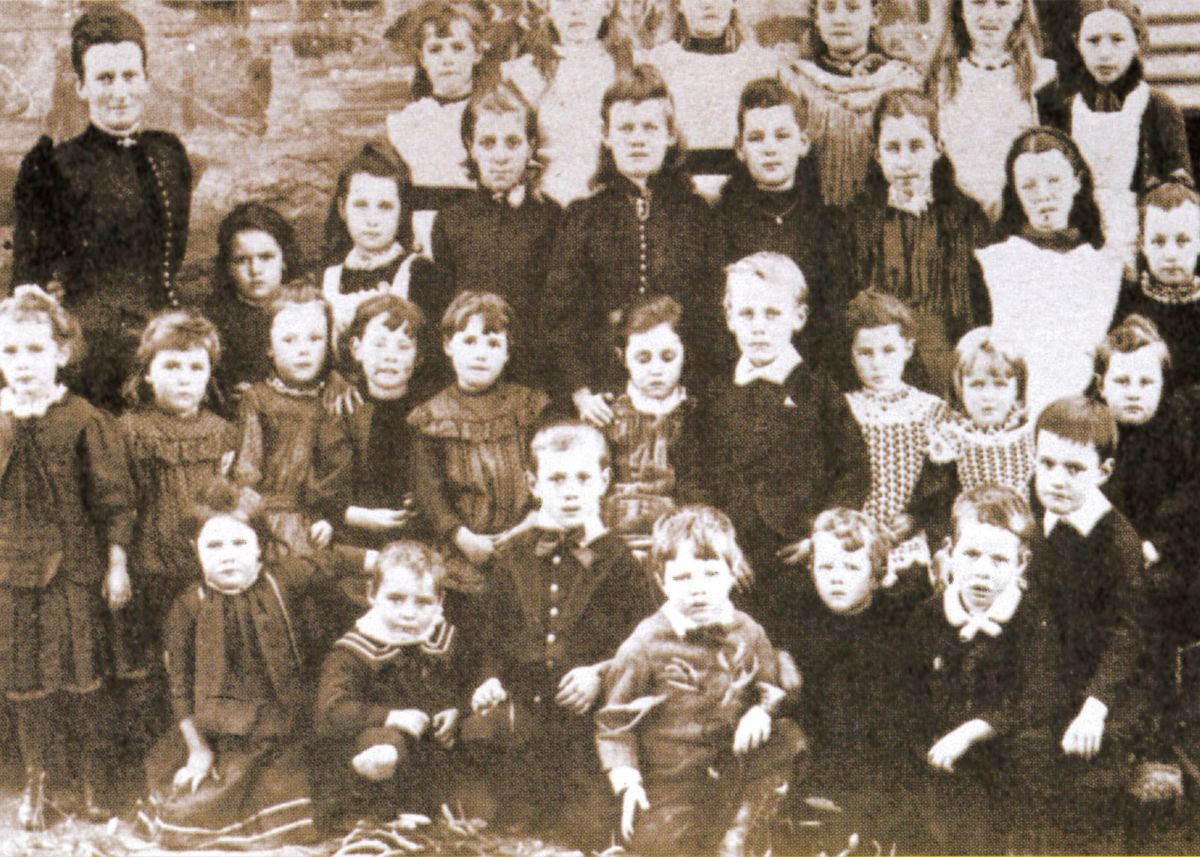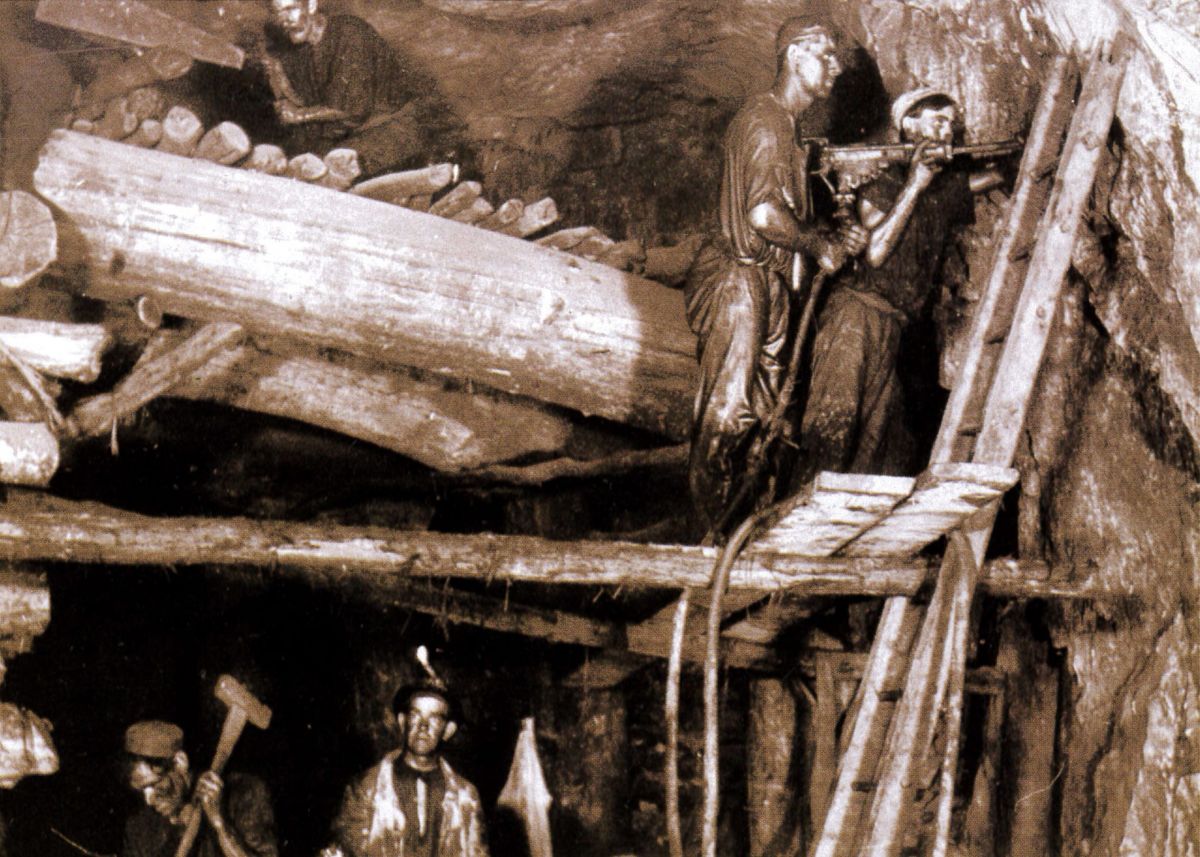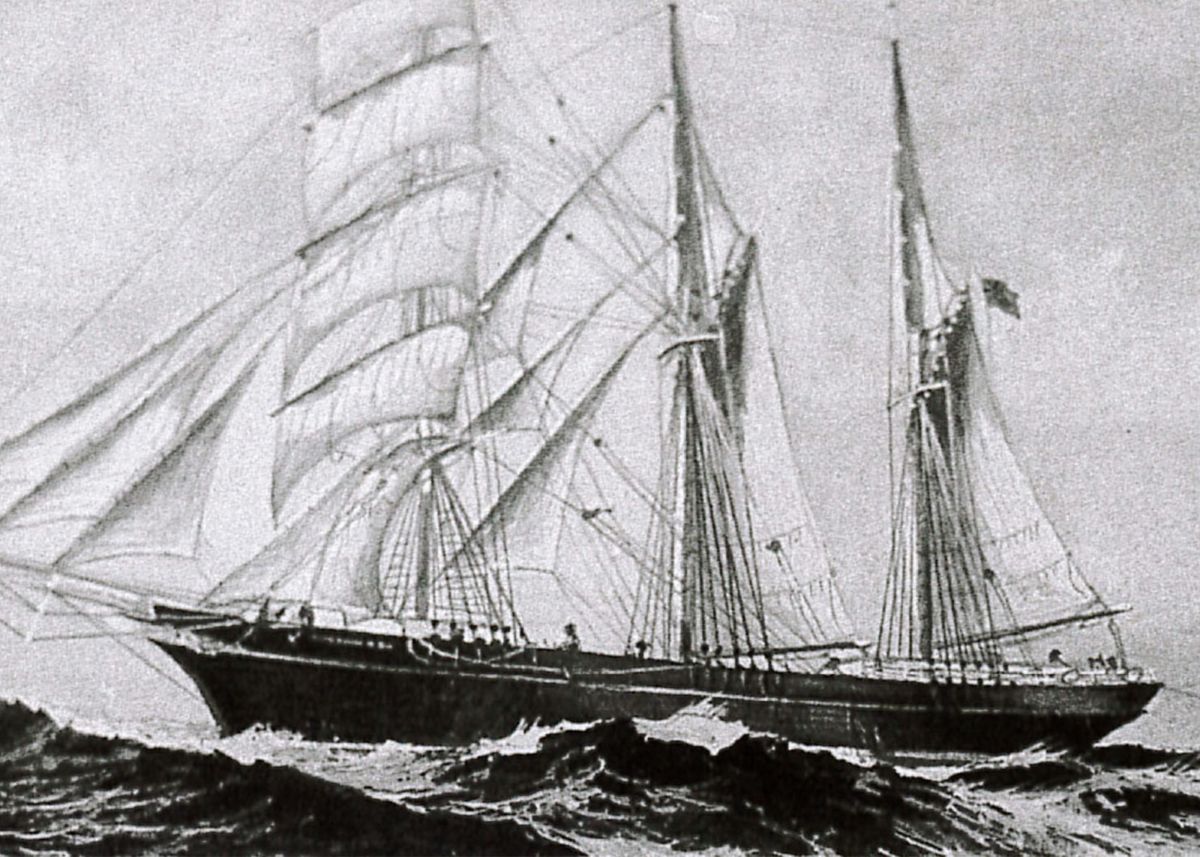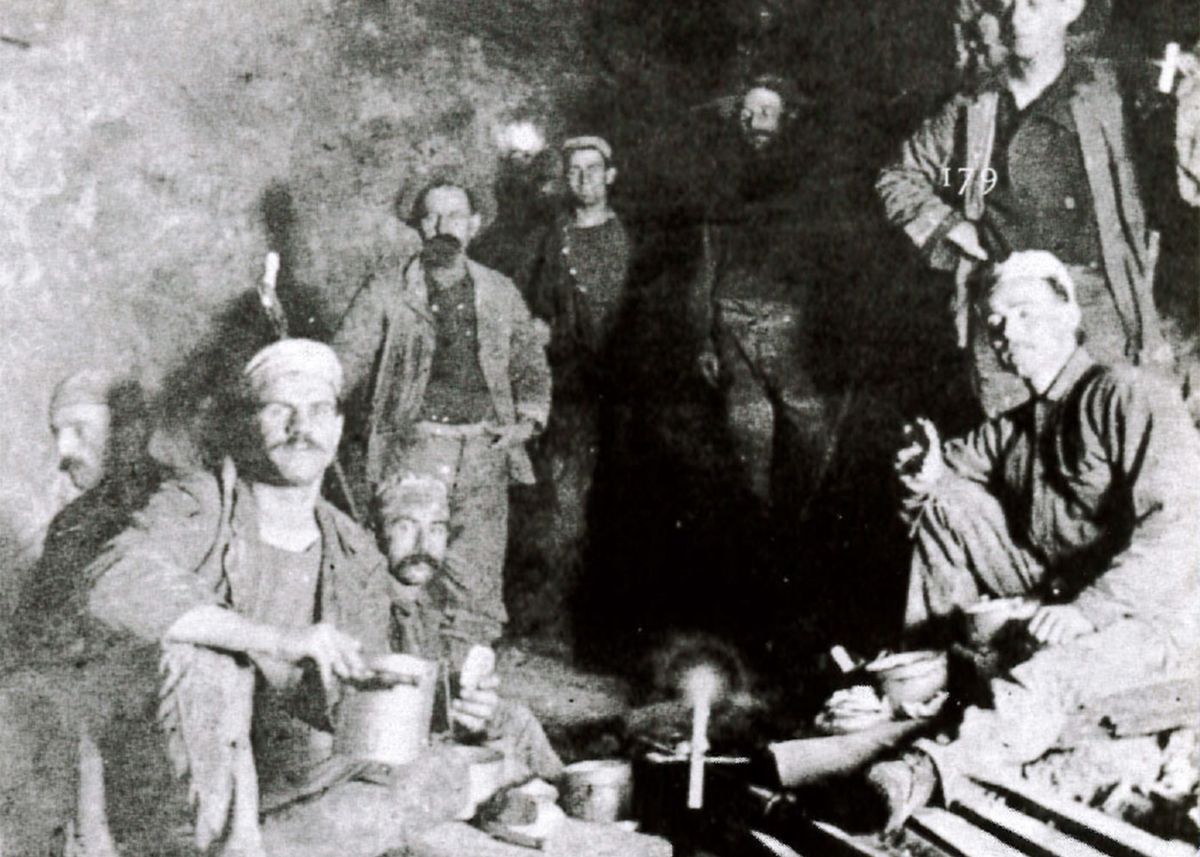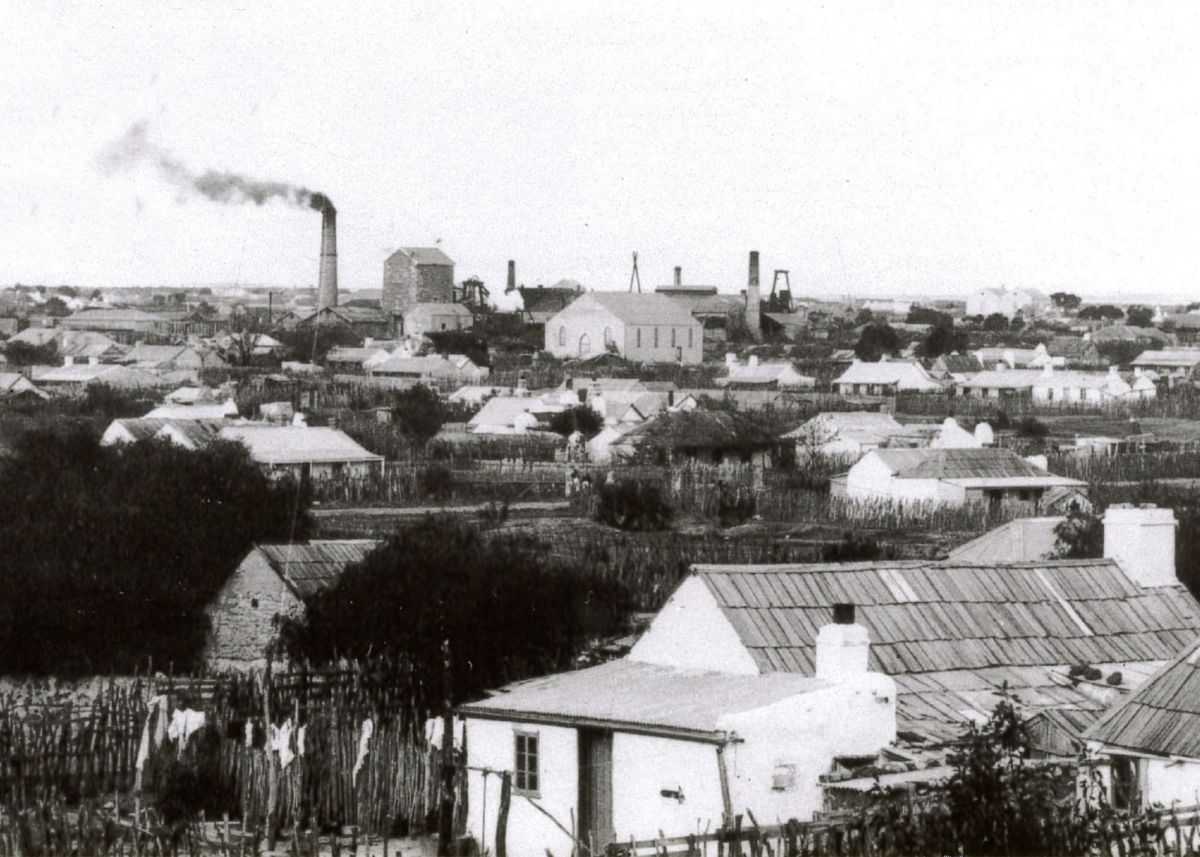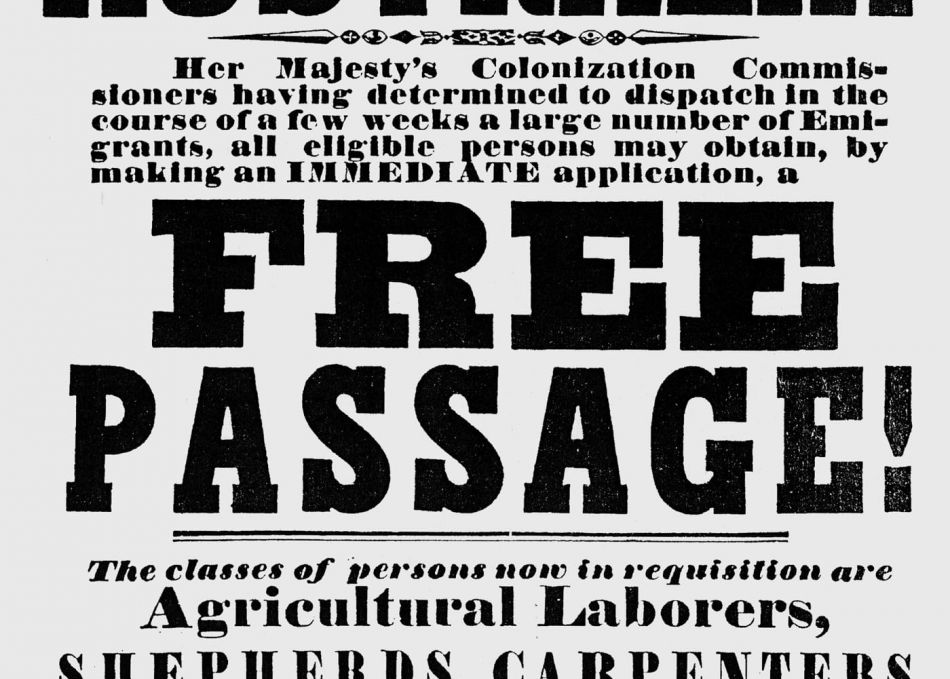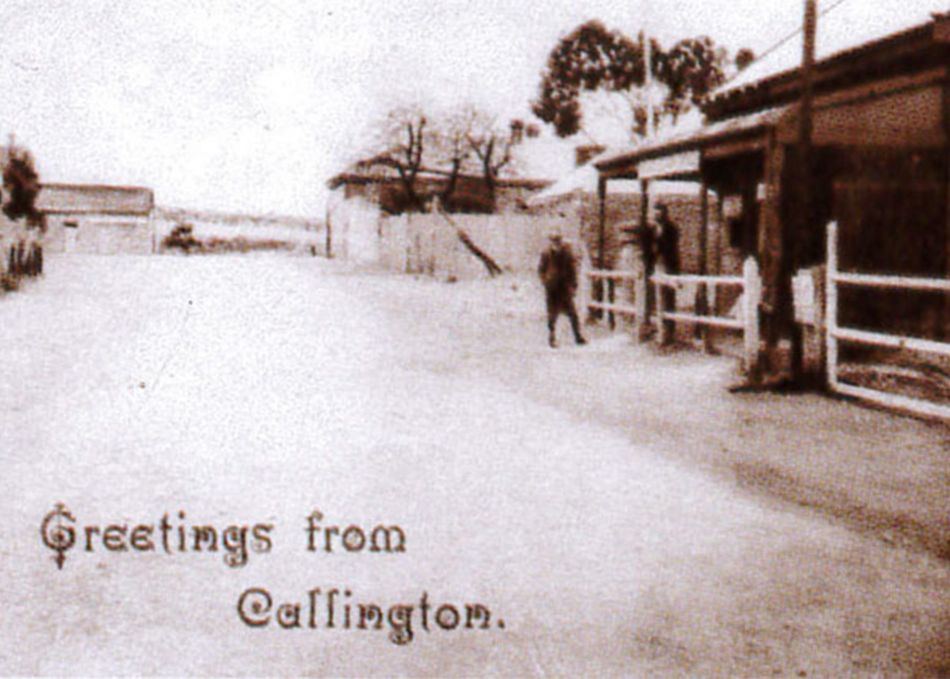1815
Farming depression
An economic depression (lower wages and unemployment) followed the end of the Napoleonic Wars. It affected farmers and farm workers in Cornwall, particularly in the northeast around Bude. High rents, high taxes and a lack of jobs forced whole families to emigrate to the USA and Canada.
On Wednesday morning, sailed from the port of Charlestown, the ship Charlestown…with about 50 persons on board, as passengers for America; amongst whom are some whole families, including infants West Briton newspaper, 22 May 1818
Many of the families leaving Cornwall for the USA were Methodists. They felt that they did not belong to the Church of England and disliked paying tithes (taxes) to the Church. Some saw emigration to the USA as a chance to start a new life, free from religious and economic struggles.
The spirit of emigration continues active in the neighbourhood of Stratton. High rents, heavy rates, and obnoxious and impoverishing taxes are driving some of the best of our agriculturalists [farmers] to climes where these demons of robbery and ruin are unknown West Briton newspaper, 17 February 1843
1815-1830: South America
Between 1815 and 1830, some countries in South America gained independence from Spain and Portugal. This meant there was now opportunities for Cornish mine workers to travel to Brazil, Mexico, Colombia, Peru and Chile to work in the gold, silver and copper mines. Richard Trevithick left his family to work in South America at this time.
1840
1840s: Starvation
In the 1840s, a disease hit potato crops, meaning that they could not be eaten. Many poorer people in Ireland, parts of Scotland and Cornwall faced starvation, as they had nothing else to eat. Some said that the British government didn’t care about poor people starving, and that it was encouraging people to leave by offering free journeys abroad. Hundreds more families left Cornwall to escape starvation and start new lives overseas.
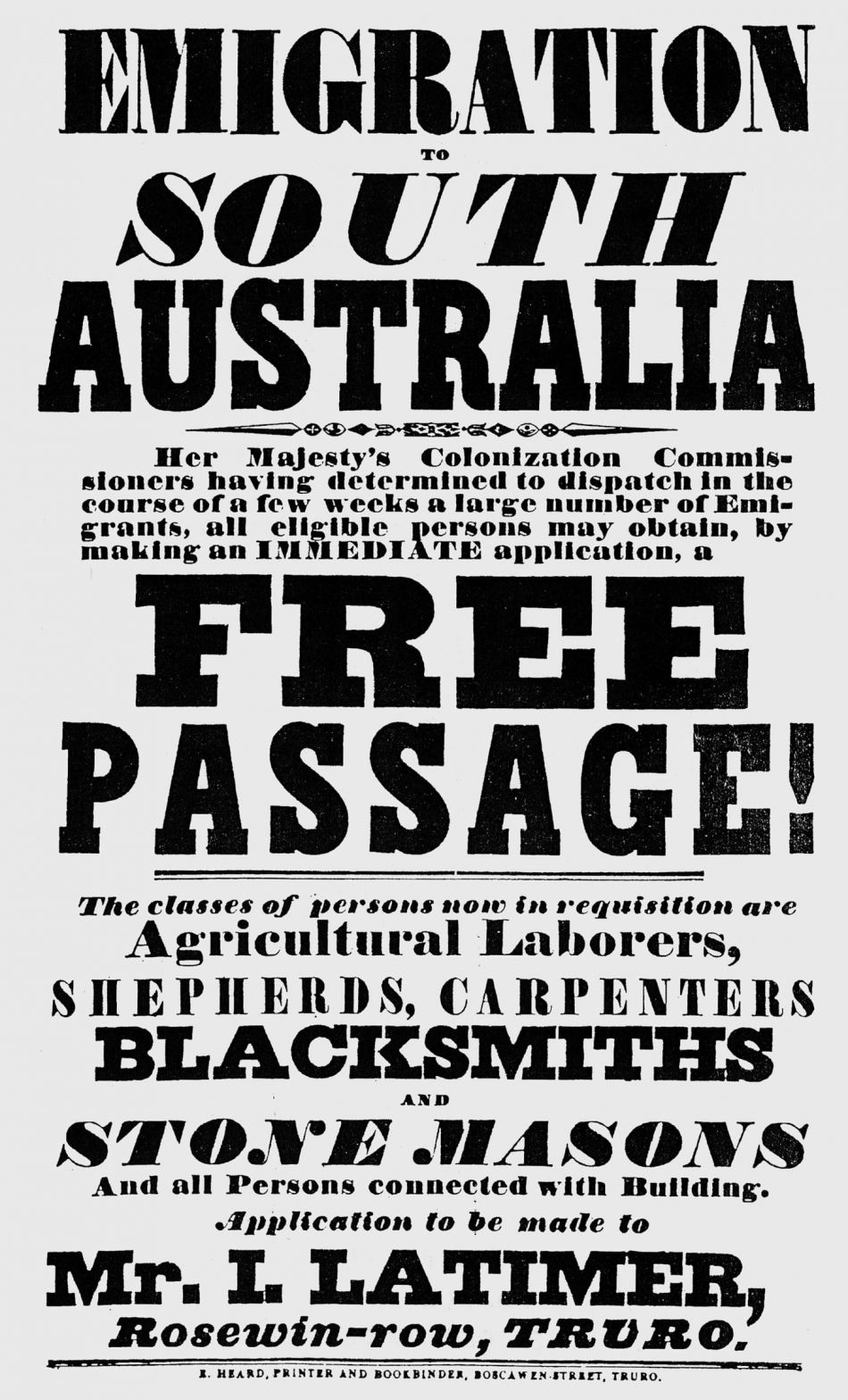
I was informed by a respectable person from the parish of Breage, that a family of eleven persons…had scarcely any other food for several days than at dinner time, when they boiled the baking kettle filled with water, which they thickened with a little barley meal, to which they added salt and a turnip West Briton newspaper, 26 February 1847
1848
1848-1858: Gold!
When gold was discovered in the USA in 1848, miners from Cornwall, and Cornish miners who had settled in other countries, rushed to California to make their fortune.

Two miners, Nicholas and William Thomas, of the parish of Northill (near Launceston) have lately returned to their homes from California…bringing with them above £1,500 each. Nicholas is a married man with three children, and when he left his family were penniless and destitute West Briton newspaper, 2 January 1852
In 1852, £1,500 was worth the same as nearly £150,000 in today’s money.

1859
1859-1870: Boom and bust
In 1859, large amounts of copper were discovered in South Australia. Many hundreds of Cornish miners moved there with their families, and introduced things like Cornish wrestling, pasties, Methodism and brass bands. So many Cornish people settled in this area that it became known as ‘Australia’s Little Cornwall’.
Because copper had been discovered in large quantities elsewhere in the world, the price paid for it in Cornwall fell dramatically. In 1866, Cornish copper mines closed, putting lots of people out of work. However, Cornish miners had a reputation for being the best in world, and many found work in mines already set up by Cornishmen in the USA and Australia.
In 1870, the price paid for tin in Cornwall collapsed and tin mines began to close. The economic depression was also affecting farmers and other workers. For many people, emigration was still the only option.

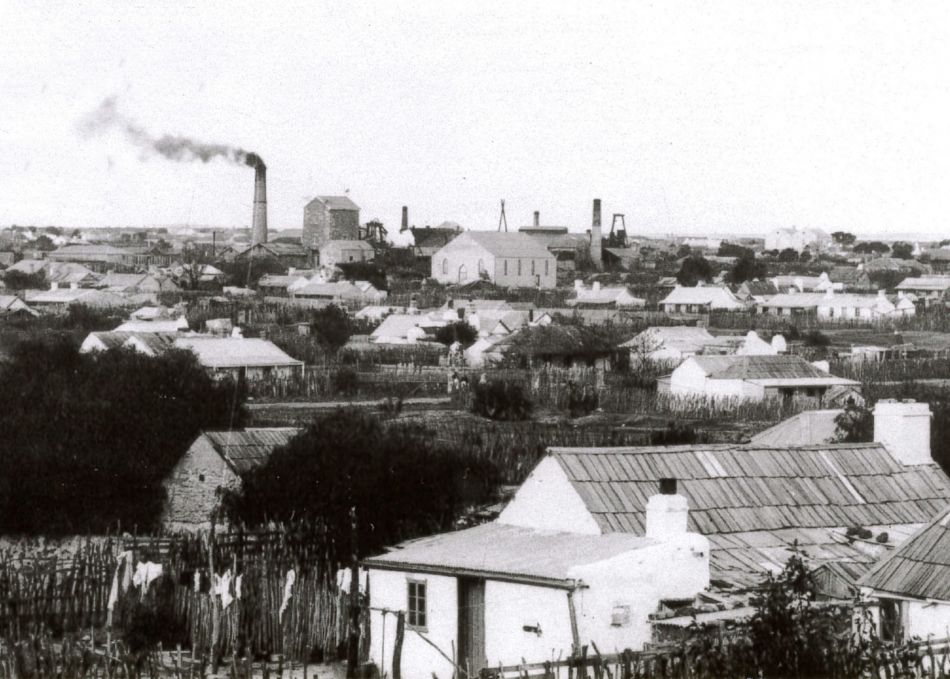
They come to me for advice. If they have a few pounds out of the wreck my advice always is ‘Emigrate!’ And accordingly nearly a hundred in the current year go across the seas. Our population in 1851 was 1,074 in 1861 it was 868 RS Hawker from Morwenstow in north Cornwall, 7 December 1862
1870
1870-1920
Towards the end of the 1800s, diamond and gold mines began opening up in South Africa. Many Cornish miners travelled to South Africa to work in these mines, but fewer men stayed permanently. Richard Trevithick’s development of the steam engine had led to the creation of steam ships. These made travel overseas quicker and safer. Faster travel meant that Cornish miners could go abroad for short periods to work and then return home.
While they were overseas, the Cornish miners sent money back to their families. By the end of the 1800s, around £1 million was being sent back to Cornwall from South Africa every year. By the end of the First World War (1914-1918), fewer people were emigrating. However, Cornwall’s population continued to decline until the late 1960s.
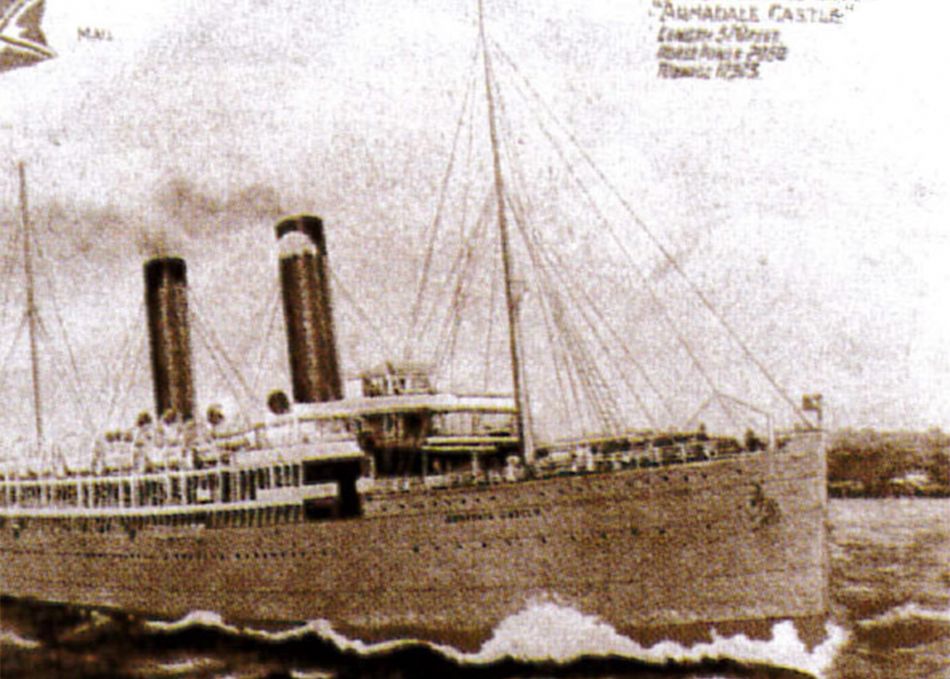

Did you know?
There are Cornish Associations and Societies all over the world amongst people of Cornish descent. St Piran’s Day is celebrated as far away as Grass Valley, California, in the USA. A large Cornish festival called Kernewek Lowender (which means Cornish Happiness) is also held in Australia.
It is thought that around 250,000 people left Cornwall to go overseas between 1815 and 1920. Almost the same number of people left to find work elsewhere in Britain and Ireland. Cornish people moved to mines in the northeast of England, north Wales, Scotland and Ireland.
Two Prime Ministers of Australia have been of Cornish descent: Robert Menzies and Bob Hawke. Mary Holman, the first female Australian Labor Party Member, was also of Cornish descent.
